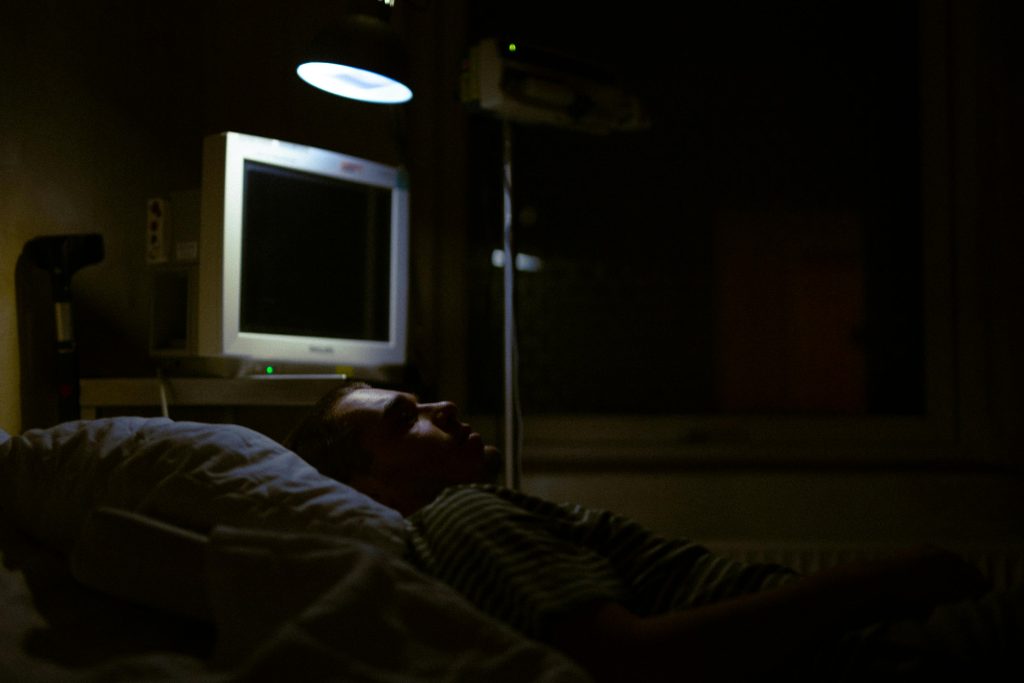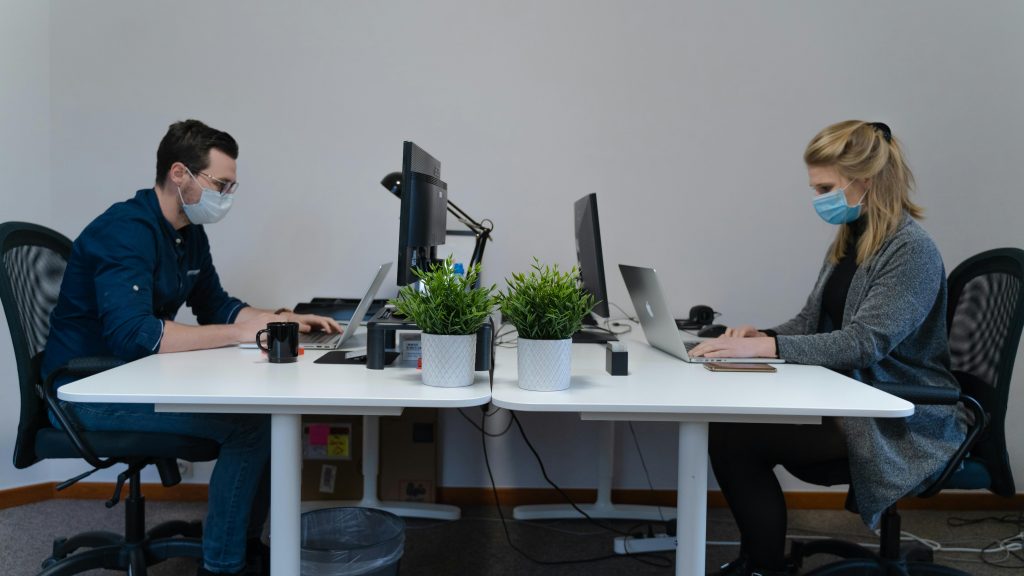Ensuring Safe Revival of Vintage Windows XP System for Data Retrieval
If you’re considering powering on an old Windows XP computer for the first time since 2014, it’s natural to have some concerns about potential risks and precautions. Vintage computing can be a rewarding experience, especially when aiming to recover data from aging media like floppy disks. Here’s a comprehensive guide to help you prepare and minimize any issues before turning on your classic system.
Assessing the Condition of the Hardware
Your detailed description indicates diligent cleaning and inspection, which is excellent. Visual inspection for corrosion, dust removal, and ensuring all connections are secure are crucial steps. Since the machine was housed indoors and kept well-preserved, it’s likely to remain in good condition. However, it’s wise to double-check a few key aspects:
Power Components: Confirm that the power supply is functioning properly and shows no signs of swelling or damage. If possible, test with a different outlet or a power supply tester.
Internal Components: Carefully inspect the motherboard, RAM, and expansion cards for any signs of corrosion, burnt components, or bulging capacitors.
Peripheral Connections: Verify all cables, especially from the front I/O panel, are properly connected. If you notice any disconnected wires, reattach them carefully, referencing the motherboard’s manual if needed.
Precautions Before Powering On
-
Backup Critical Data: If the floppy disks contain valuable data, consider copying their contents as soon as possible after successful boot-up.
-
Surge Protection: Connect the system through a surge protector to safeguard against voltage spikes, especially important given the history of power surges affecting the machine.
-
Environment: Place the computer on a stable surface in a well-ventilated area to prevent overheating.
-
Static Precautions: Use an anti-static wrist strap or discharge static electricity by touching a grounded metal object before handling internal components.
Steps to Power On Safely
-
Basic Functionality Check: Visually inspect the machine again before powering on. Ensure no loose screws or foreign objects inside.
-
Power Up Gradually: Connect the power cord, and attempt to turn on the computer while observing for any unusual noises or smells.
-
Monitor Behavior: Watch for error messages, beeping sounds, or failure to boot. If issues arise, record any error codes or messages for troubleshooting.
-
Boot with Minimal Hardware: If possible, disconnect non-essential peripherals to reduce potential points of failure.
-
Testing Media: Once the system boots, insert the floppy disks carefully and test
Share this content:



